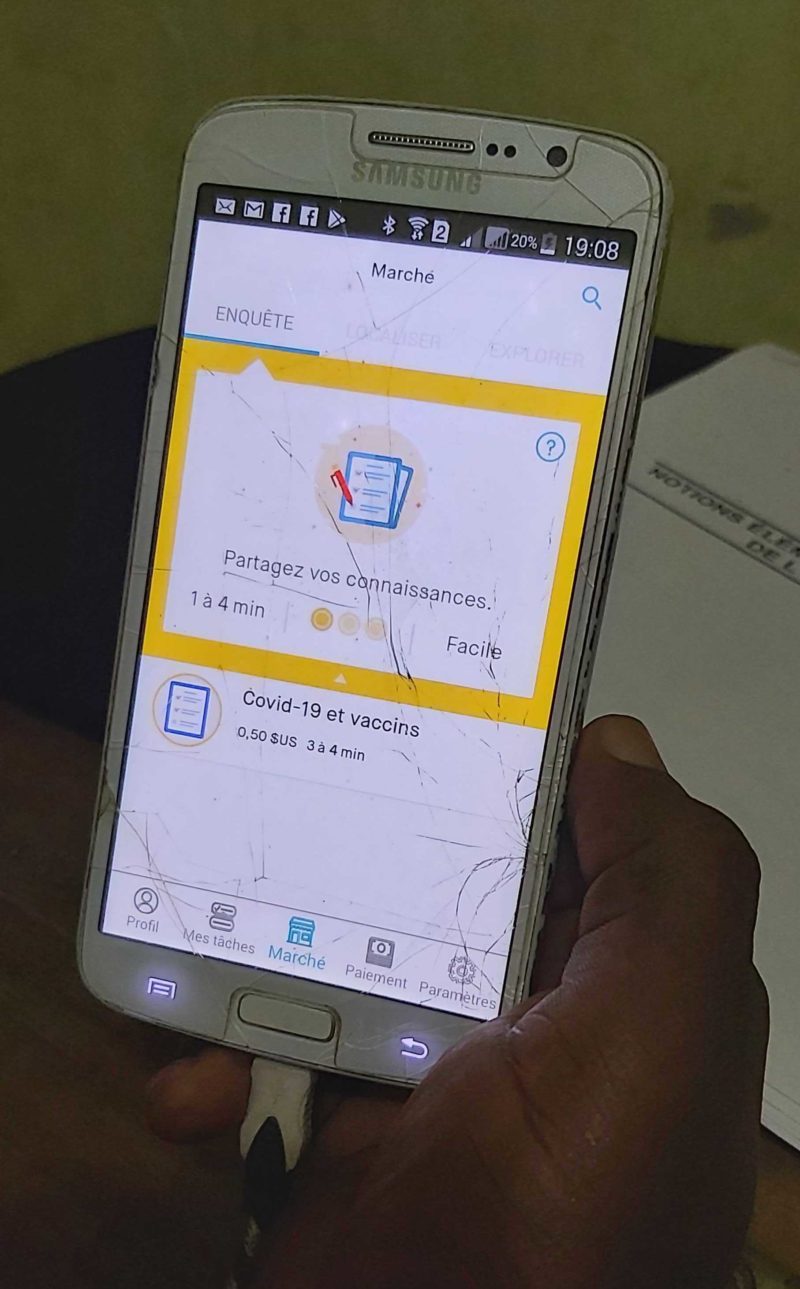Premise provides our customers with innovative data collection across 140 countries in 40 languages. We’ve had 44 million survey and observational task submissions this year and over three million this month alone.
Premise’s task marketplace runs on an app, so we depend on the use of smartphones. Not surprisingly, we are often asked how we can reach rural, poor, and other hard-to-reach populations—the assumption being that smartphones aren’t prevalent in those instances. However, our research—and our direct experience—tells a different story.
Global smartphone penetration growth
In 2018, the Pew Research Center reported the global median smartphone penetration rate to be 59% and 45% in emerging economies. Four years later, the global smartphone penetration rate is estimated to be 83%. While that rate is lower in emerging economies, those countries are experiencing high growth rates—for example, the smartphone market in India is projected to grow at a compound annual growth rate of over 9%.
With smartphone adoption highest among younger age groups, the Premise network of Contributors is young (the majority are under 35)—but so is the world’s population. In 2020, 51.4% of the population in developing countries was between the ages of one and 30. This means our Contributor network is likely to continue growing right alongside smartphone adoption.
Smartphone cost
Fortunately, the growing demand for smartphones is driving down prices. In Africa, Chinese manufacturers have become the top sellers in the region with smartphones priced below $100. In Kenya, an $80 Android phone is now available thanks to a partnership between Huawei and Safaricom.
Many of our Contributors use second-hand phones that they’re able to purchase for as little as $20. The global market for used and refurbished phones was valued at approximately $52 billion in 2021 and is expected to reach $146 billion by 2030.

A Premise Contributor’s used smartphone. Used smartphones are ubiquitous even in the most rural areas. Premise runs with ease on these models and allows contributors to complete reserved tasks while offline, uploading them once connectivity is reestablished.
Digital inclusion
In 2021, 63% of the world’s population had access to the internet. Of the roughly 3.2 billion people still unconnected, about a third of them live in Africa. However, there is positive momentum toward closing the digital divide—for example, the African population with 3G coverage has increased 186% between 2010 and 2020, and 4G coverage is three times greater than it was five years ago. For our Contributors, this means they are increasingly able to submit survey and observational data tasks upon connecting to the internet.
Internet and smartphone penetration are driving digital inclusion, and with it, improving access to education, health care, and financial services—notably, 35% of our Contributors say using Premise is the first time they’ve earned digital money. To continue improving digital inclusion, the Broadband Commission Working Group on Smartphone Access, a United Nations working group, recommends the following interventions:
- Reduce taxes and import duties on smartphones
- Improve distribution models for smartphones in rural communities
- Increase flexible device financing by the network operator
- Develop strategies for recycling low-cost smartphones
Premise Contributors don’t need much data or expensive smartphones to complete survey and observation tasks, but we understand that a digital divide still exists. When there is a need to assess a population less likely to use smartphones, Premise can task our Contributor network with interviewing members of those populations.
Whether Contributors are submitting tasks on smartphones themselves or conducting face-to-face interviews with others in their community, the booming growth of smartphone use in the poorest regions of the world ensures that Premise will keep growing where the international development sector is needed most.
About Premise
Premise offers a unique ability to quickly source information from real people on the ground in hard-to-reach places. Over five million people in 140 countries are using the Premise app on their smartphones, enabling our customers to monitor a situation over time and employ a data-driven approach to timely decision-making. To learn more about Premise, watch our tech demo or get in touch with us.